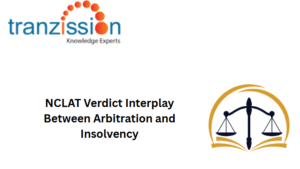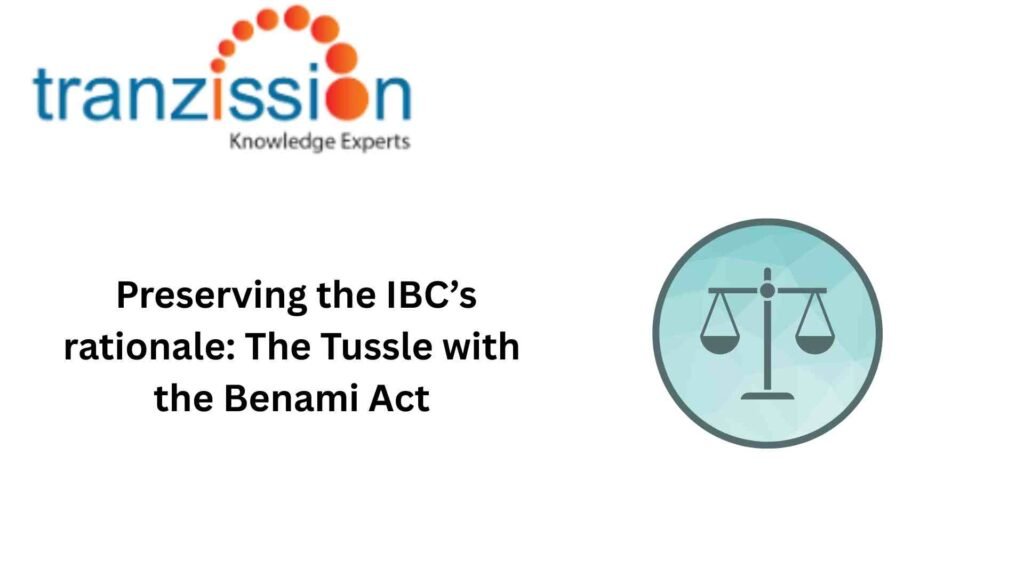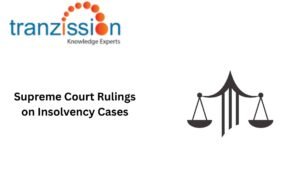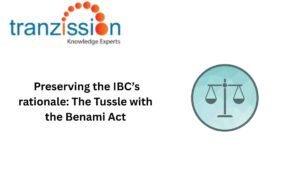
Preserving the IBC’s rationale: The Tussle with the Benami Act

Table of Contents
Bankruptcy Code, 2016 (“the IBC”) are distinct laws that can intersect in situations involving benami property transactions within the context of insolvency proceedings. While there is no inherent conflict, the IBC’s moratorium provisions can potentially impact such attachments made under the Tussle with the Benami Act, and the liquidator has the authority to include benami properties in the liquidation estate if they are part of the company’s assets.
Legal Framework and Points of Conflict
IBC’s Moratorium and Overriding Effect:
Section 14 of the IBC imposes a moratorium on the initiation or continuation of legal proceedings against the corporate debtor during the Corporate Insolvency Resolution Process (CIRP). As per section 238, the IBC has primacy over other legislation, and thereby, provides it with an overriding effect over other laws in case of inconsistencies.
Benami Act’s Provisions on Property Attachment:
Section 24(3) of the Tussle with the Benami Act allows the Initiating Officer to provisionally attach properties suspected to be benami. Section 67 of the Tussle with the Benami Act contains a non-obstante clause, asserting its provisions override other laws.
Read more : What is Form G in IBC – Invitation for Expression of Interest
Judicial Interpretations and Case Studies
The National Company Law Appellate Tribunal (NCLAT) Chennai upheld the provisional attachment under the Benami Act during the CIRP, citing a lack of jurisdiction to adjudicate matters under the Tussle with the Benami Act in Ramasubramaniam Liquidator v. Deputy Commissioner of Income Tax. The decision raised concerns about the potential derailment of the CIRP due to such attachments. Further, the court in M/S. Senthil Papers and Boards v. The Deputy Commissioner of Income Tax followed the precedent set in the Ramasubramaniam case, reinforcing the stance that Tussle with the Benami Act proceedings can proceed independently during the CIRP.
Implications for Insolvency Professionals
The interlinking of these laws has led to further implications in managing the insolvency process, such as:
-
The attachment of assets under the Tussle with the Benami Act during the CIRP can hinder the resolution process and affect the value maximization objective of the IBC.
-
The co-existence of non-obstante clauses in both laws necessitates a clear judicial or legislative directive to resolve conflicts and provide certainty to stakeholders.
Recommendations and Best Practices
To avoid delaying the resolution process and simplify handling the corporate debtor, creditors, and other stakeholders, it is recommended:
- For Insolvency professionals to monitor for potential benami proceedings and assess their impact on the CIRP.
- Ensuring early engagement with the Initiating Officer under the Benami Act to understand the basis of attachment and explore possibilities for resolution.
Conclusion
Thus, the intersection of the IBC and the Tussle with the Benami Act presents complex challenges that require careful navigation. The Benami Act allows the authorities to attach benami properties, meaning they are frozen and cannot be transferred, while the moratorium under the IIBC can potentially affect attachments made under the Benami Act, as it suspends all legal actions. The liquidator, appointed under the IBC, has the authority to include benami properties in the liquidation estate if they are a part of the company’s assets. However, the NCLT has stated that there is no inherent conflict between the IBC and the Benami Act and both can co-exist.





